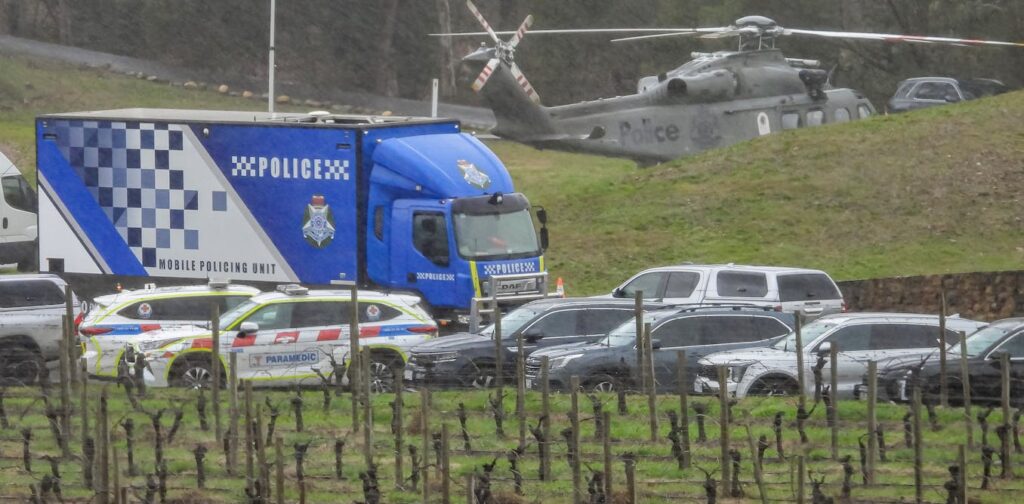
Australians are grappling with the shocking news of two police officers being killed in rural Victoria by a 56-year-old man who allegedly shot them before fleeing into the bush. Another officer was injured during the incident, reigniting debates over the nation’s gun laws and firearm ownership.
It may surprise many to learn that there are currently more guns in Australia than there were before the 1996 Port Arthur massacre, which led to sweeping changes in gun legislation. This increase in firearms seems counterintuitive, given the stringent measures intended to curb gun ownership.
Understanding the Numbers
Despite the lack of reliable pre-1996 statistics, piecemeal data from that period suggests there were about three million firearms owned before the Port Arthur massacre. Today, estimates based on state and territory information indicate that number exceeds four million. It’s not just the number of guns that has risen; the number of licensed gun owners has increased as well.
For example, in New South Wales, gun licenses rose from 180,663 in 2001 to nearly 260,000 by 2025. In Queensland, licenses increased from around 150,000 in 2010 to over 200,000 today. Although gun ownership is more prevalent in rural areas, statistics show that most gun owners reside in urban areas, reflecting the general distribution of the Australian population.
Firearm Crime and Safety
Despite the rise in gun ownership, firearm-related crime has not followed the same trajectory. Firearm homicides have been declining since the early 1980s and have remained low and stable post-1996. Firearm suicides and armed robberies involving firearms have also decreased over the years.
“This suggests there is little relationship between levels of legal gun ownership in Australia and levels of firearm violence and misuse.”
Who Owns Guns and Why?
Legally, Australians can own firearms for “genuine reasons” such as primary production, target shooting, hunting, and collecting. Some gun clubs and limited research indicate that women and youth are growing demographics in this traditionally male-dominated activity. However, reliable data on this trend is scarce.
The increase in gun ownership correlates with Australia’s growing population, which has risen from around 18 million in 1996 to over 27 million today. Anecdotal evidence suggests multiculturalism may also play a role, with some gun owners citing cultural traditions or experiences in authoritarian regimes as motivations for ownership.
Research from New Zealand highlights various reasons for gun ownership, including skill development, conservation activities, social connections, historical interest, and competitive sports. These diverse motivations suggest a complex landscape of gun ownership in Australia.
Socioeconomic Influences and Unintended Consequences
Social and economic factors also influence gun ownership. The COVID-19 pandemic, for instance, revealed vulnerabilities in supply chains, prompting some to turn to hunting as a form of self-sufficiency. In a world where cost of living is a growing concern, activities like hunting, fishing, and gardening are gaining popularity.
Ironically, Australia’s approach to “de-normalizing” firearm ownership may have inadvertently contributed to the rise in gun numbers. After the Port Arthur massacre, then-Prime Minister John Howard’s strong anti-gun stance might have made firearms more enticing to some.
“As any parent will know, the more you tell someone that they should not do or have something, the more enticing that thing becomes.”
This paradox highlights the complexity of gun ownership in Australia, where legislative efforts to reduce firearms may have had unforeseen effects.
As Australia continues to navigate these dynamics, understanding the multifaceted reasons behind gun ownership will be crucial in shaping future policies and societal attitudes towards firearms.






